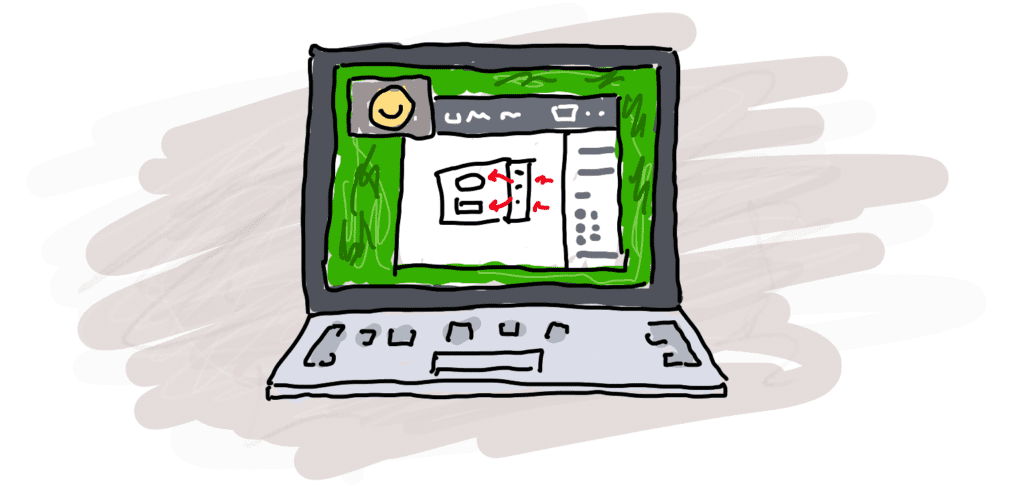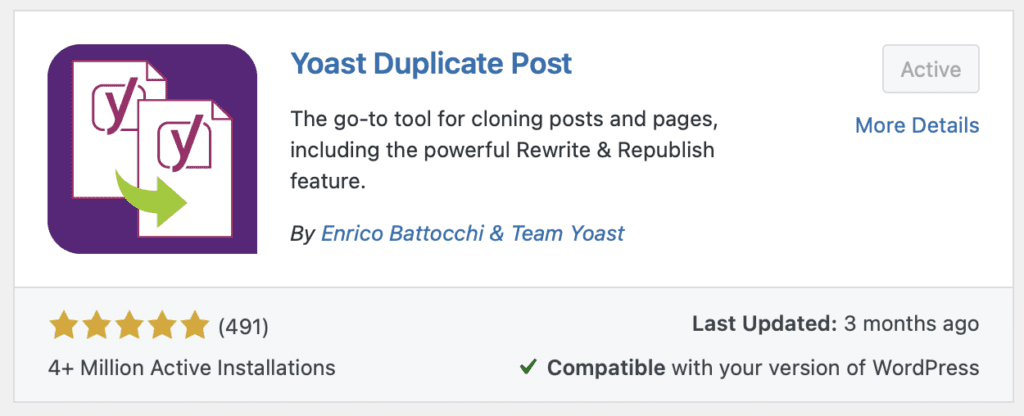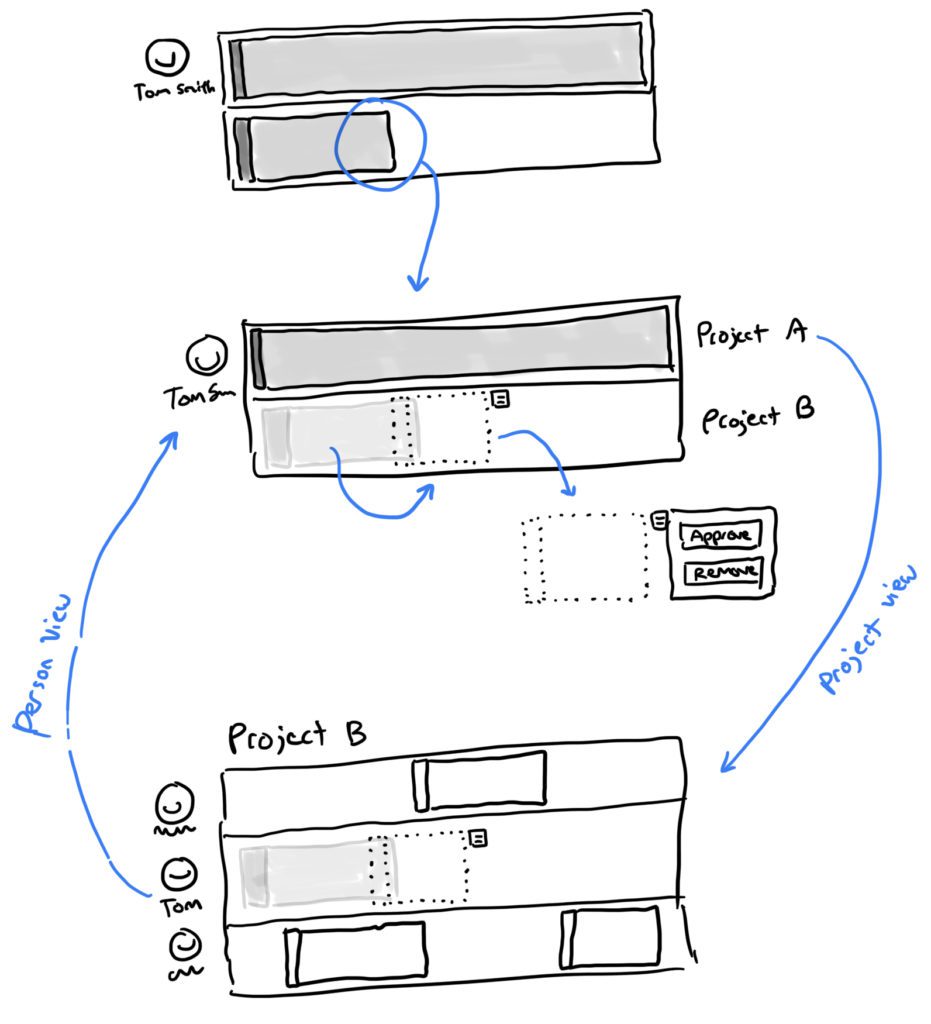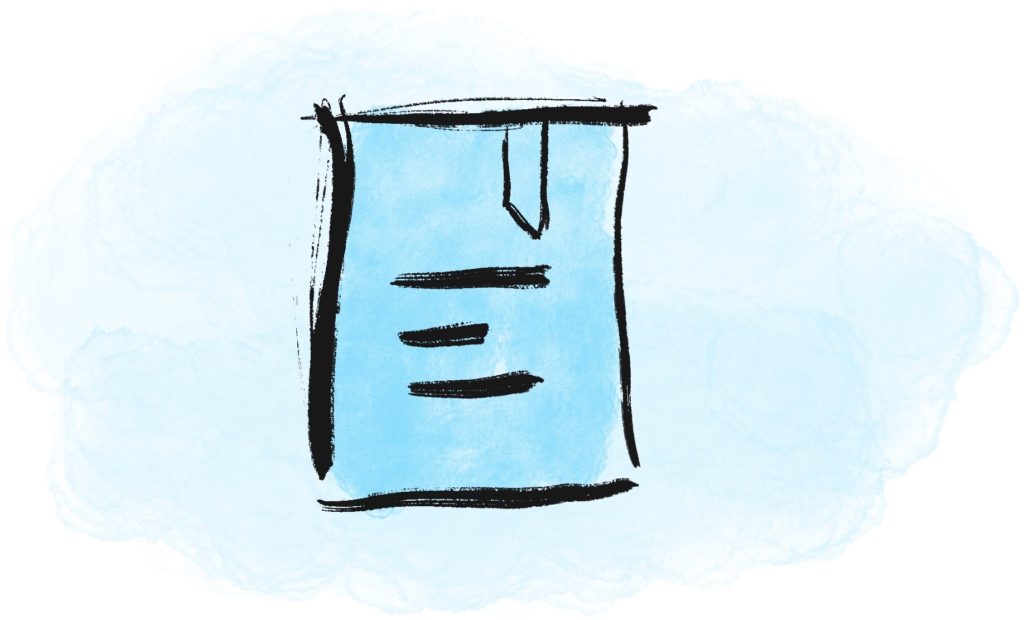I’ve written a bit about chairs on this site, their comfort level, ergonomics, positioning, and how I want to use them for work and life arrangements. In the past month I changed things up again, and want to process how that’s affected my time at work.
My small home office has three chairs right now. The first, and primary chair, is my Capisco Hag. It’s weird, and somewhat uncomfortable, but as I’ve written before, it serves a purpose and I’m happy with it.
The second sitting implement is an old IKEA office chair. It’s fine, not bad, but not great either. I picked it up as a Wirecutter recommendation years ago; and for $200 it served me well. This chair sits in front of a small desk, and acts as a second creative space, where I can do my writing each day. Of note, while I recently extolled the virtues of said sacred space, I’ve used it but once or twice a week for a half hour each. It’s not getting the full value that I hoped for. I suspect this is due to the stage I’m at with my writing; where I’m doing a bit more read through than actual writing. Or, I just like writing on an iPad in a relaxed position more; not great, but comfy.
My third chair is a recliner. It’s something small we got for rocking our daughter to sleep when she was smaller, and through the shuffling of kid’s sleeping arrangements, I managed to sneak it away into my office.
There’s a fourth position I use, which is standing at my desk; but since that’s not a chair, it only half way counts.
The challenge I’m dealing with now, through all the arrangement of these seating spaces, is how to account for comfort and creativity. Ergonomics have become more important to me as I age. I want to find situations where I’m comfortable, and not straining muscles and tendons. That’s good, and I’ll keep working at it. The Capisco chair, along with my standing desk, is a pretty ideal arrangement. I can situate myself so that shoulders, neck, wrists, back, and arms, are all at relatively healthy angles. It is not the most cushy situation though. After a few hours I get restless.
Now, as I ponder that previous sentence, I realize that’s not a bad thing. Being in a healthy working position, albeit not the most comfortable, reduces my body’s chance of suffering injury. When I start to feel discomfort, it’s another way of telling myself that I should get up, stretch, and move around. My eye doctor said the same thing, I need to find times in the day to get away from the screen and relax my eyes. Apparently I blink 1/3rd as often when staring at a screen, that’s not great.
The third chair has come in use more often of late. When I’m feeling antsy from sitting at the Capisco, instead of going for a break, or shifting to standing, I pull my laptop over to the recliner and kick my feet up. It’s comfortable, and gets me out of a situation where I don’t have to use so many active muscles. The downside of this, and really the downside of all sitting these days, is the stress I feel on my back. I haven’t investigated with a doctor or chiropractor yet, so I’m just going on a hunch, but there may be muscle misalignment in my core. That means any chair that’s not providing strong back support is likely to bring lower strain.
Standing, or laying on a decent mattress, are the only positions that I can handle for hours on end without discomfort. So, with all that going on, I’m rethinking my seating situation and trying to figure out what will work best for the long haul. More standing seems to be better, and has the added benefit of putting me in a pretty good ergonomic position. That, however, took a long time to work up to, and still tends to tire me out a bit. Standing is just hard, for me at least.
It’s hard to work through design challenges, or spend hours writing up technical requirements, all while standing and feeling the day wear on. On the other hand, sitting at the computer, even on the Capisco chair, brings on strain over time. So I have the trade off of fatigue versus strain. The reclining chair, while comfortable, brings that same strain to my lower back. It also restricts my computer use to a laptop-like-device with a trackpad and keyboard. No ergonomics related to a mouse and screen. This limits me to specific types of work. I need to be at a desk for much of my creative work; whether that’s using iPad, larger monitor, or a Wacom tablet.
Incidentally, and I may write more on this; I’ve been experimenting with the world of manual input for design. I’ve been testing out iPad Pro with Apple Pencil, in contrast to a large Wacom tablet and a smaller one. My goal with each is to find a good ergonomic balance where my shoulders, eyes, and wrist are in alignment. Nothing has been perfect yet, but the desk and standing seems to be the best of any situation thus far. During the day, when I need such an input device, sitting in a reclining chair won’t cut it.
It’s good to think over these things, and try to improve and adjust. I don’t expect that I need a perfectly comfortable situation. That’d be laying down with a couch and propping an iPad up on a pillow; not great for productivity. I do, however, want to find something that keeps me healthy, feels generally good, and allows for a range of motion to use a number of devices for work. I’ll think on this more. My default baseline has been the Capisco being a good device for office space. To date I’ve not used a high quality chair, such as Steelcase or Aeron. I don’t know if they are just hyped up, or make a difference. I also have a friend who swears by a different type of chair altogether. The limiting factor for me is wanting to testing changes to my work environment for at least a week, perhaps longer. I’ll report back if anything changes.




